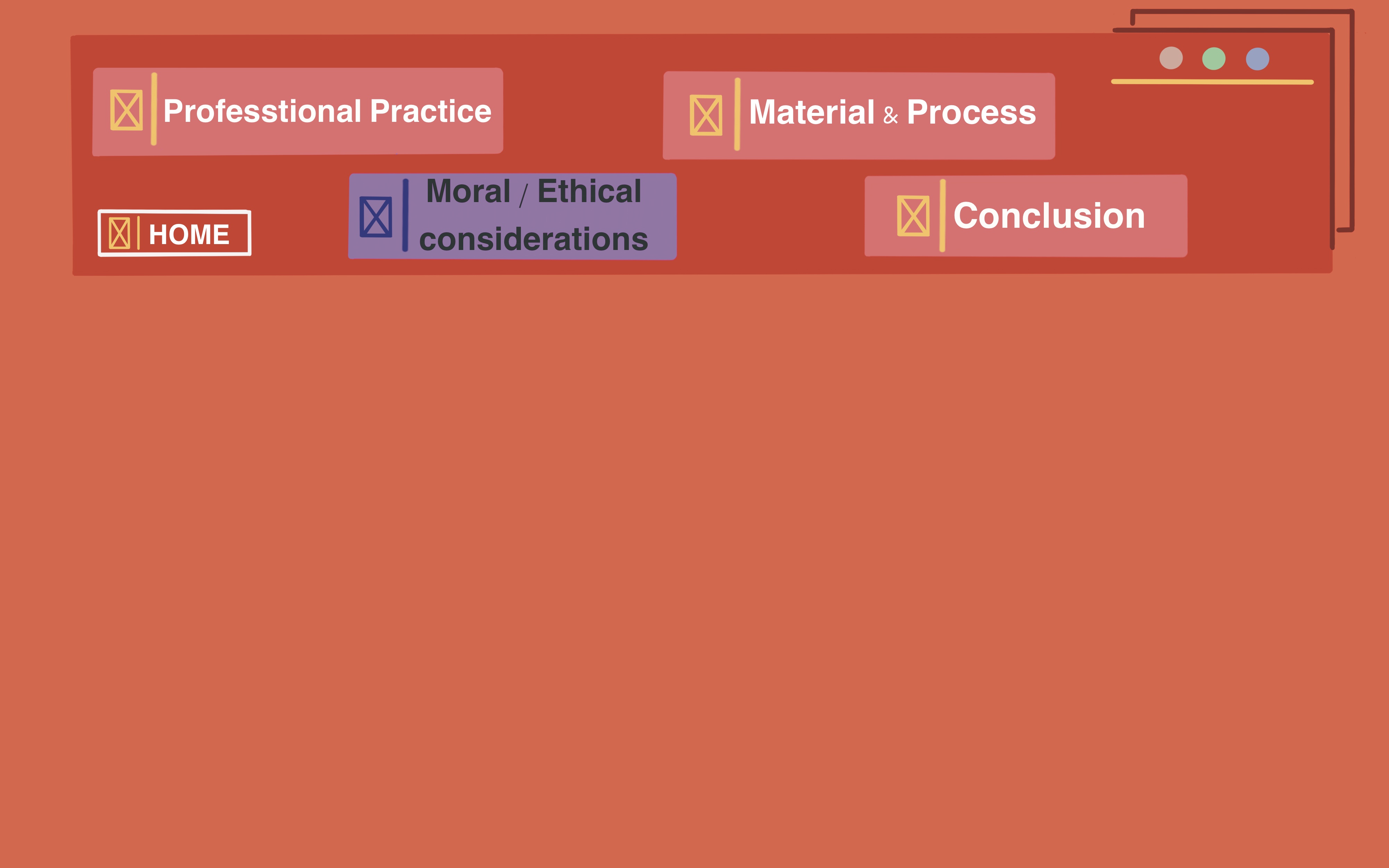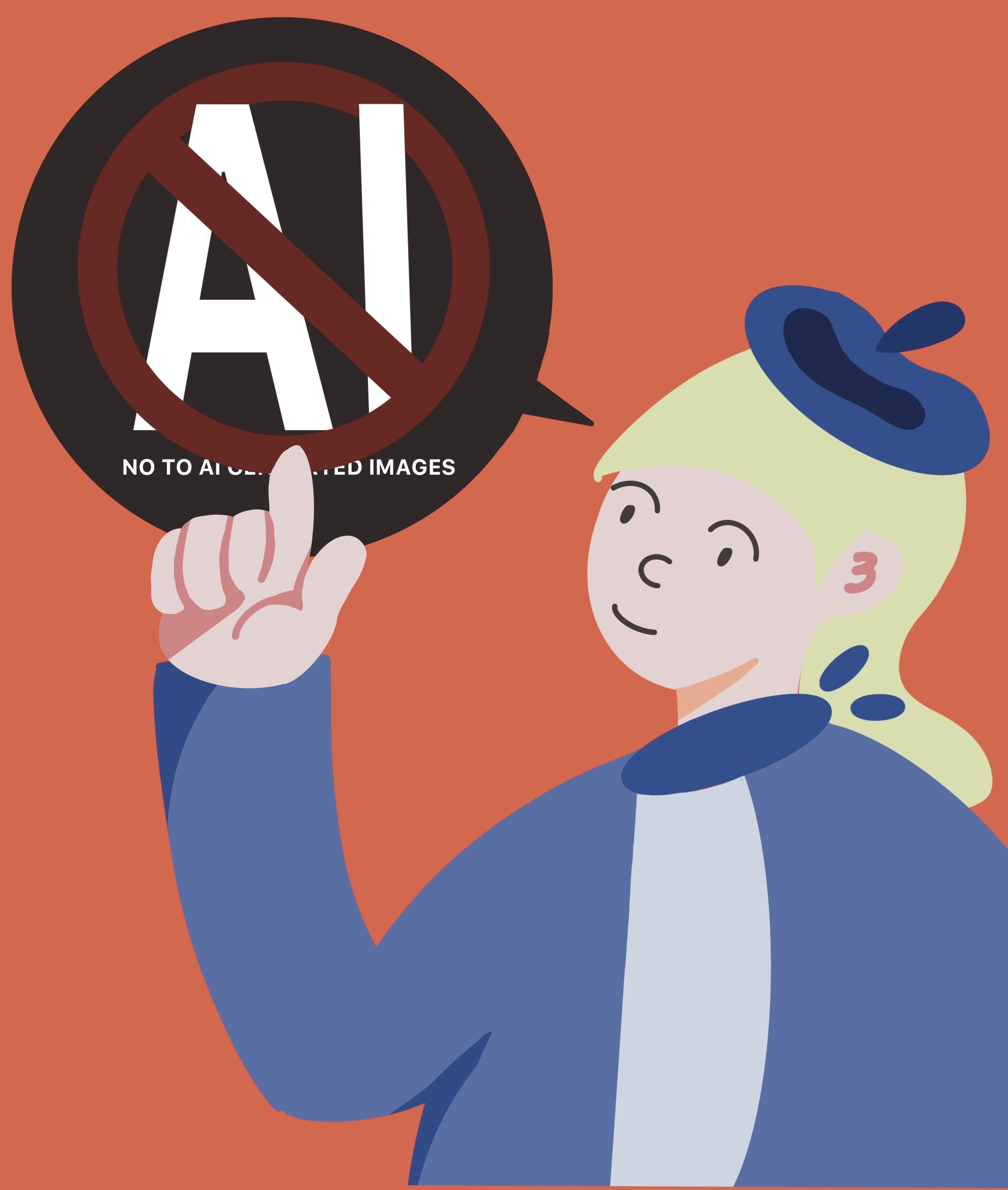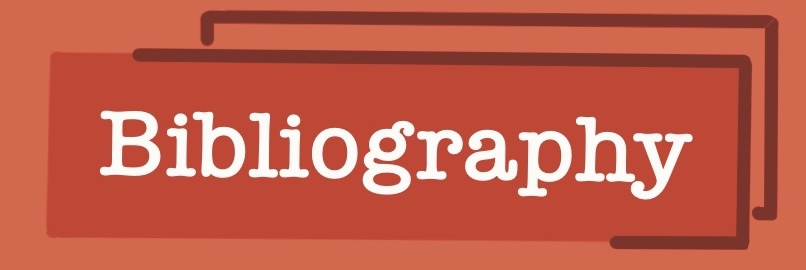
Artistic plagiarism is still a frequent problem, with illustrators often over-borrowing scenes from their sources when looking for resource. Art plagiarism is more than just copying a piece of art found online or otherwise. Plagiarists can reproduce sketches, photos, sculptures, and paintings without crediting the original creator, and posting these works online with a filter or a few modifications still counts as plagiarism(Shields,2022). One of Andy Warhol’s works, the 1964 series “Flowers,” made from floral designs on silkscreens, took the world by storm. It was, however, discovered later that his work was not made from an original portrait of flowers but from a photograph by Patricia Caulfield published in the 1964 issue of Modern photography. She sued Warhol in 1966 before finally coming to a settlement where he paid Caulfield a royalty on each Flowers painting sold and gave her two paintings, one to pay her attorney. The settlement also allowed Warhol to keep using the image, so he did.
However,another huge controversy over the copyright of AI paintings. The United States Copyright Office (USCO) has issued new regulations saying that works automatically generated by artificial intelligence (AI) are not protected by copyright law. In this document, the USCO says that unlike Photoshopped works that have human involvement in their creation, works generated automatically through platforms such as Midjourney, Stability AI, ChatGPT, etc. are done entirely by AI and the training data is based on works created by humans and therefore are not protected by copyright law(U.S. Copyright Office, Library of Congress,2023)

